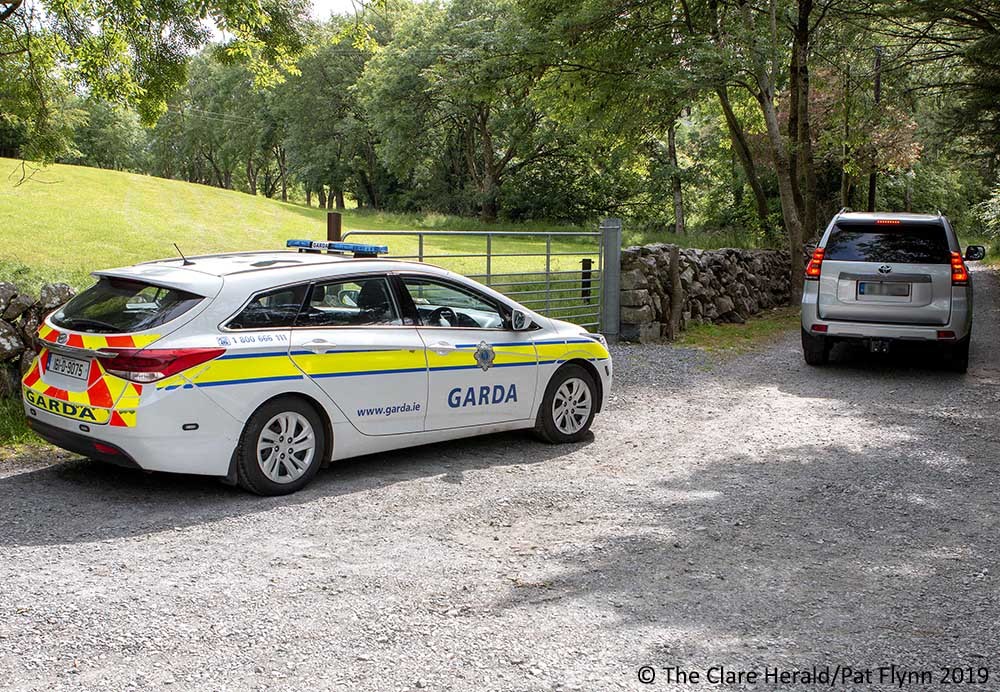
The Air Accident Investigation Unit (AAIU) has issued its final report into an incident involving a paramotor that crashed in north Clare last year.
During an attempted take-off from field near Bellharbour, directional control of the ‘TrikeBuggy Bullet’ paramotor was lost, resulting in it colliding with a dry stone wall at the south-western perimeter of the field.
The incident was captured on video by an onlooker on the day.
According to the report: “The video shows that as soon as the canopy attached to the trike started to inflate early in the take-off roll, the pilot pulled down on the right-hand brake control. Both canopy brakes appear to have been applied throughout the accident sequence.
The pilot, who was wearing a helmet, remained restrained within the trike during the impact sequence, but sustained fractures to both feet and to one arm. He was removed from the scene by the emergency services and brought to hospital. There was no fire. At least three persons were present in the field at the time of the accident, one of whom had to step quickly aside to remain clear of the trike as it veered towards the wall.

Under the heading ‘Survivability’ the report states: “The trike impacted a wall which was of dry stone construction, causing a portion of it to be knocked down. This would have absorbed some of the trike’s energy. Notwithstanding that the only restraint harness fitted to the trike was of a two-point design (lap-belt), the Pilot remained restrained within the trike during the impact sequence.
The frame of the trike, members of which extended to shoulder height at either side of the trike’s seat, would have assisted in restraining the Pilot. He was also wearing a helmet. These factors, combined with the nature of the wall’s dry stone construction, likely lessened the severity of the pilot’s injuries.”
The investigation established that neither the trike nor its canopy was registered while no Flight Permit was in effect for the trike.
The AAIU cited as the Probably Cause of the accident as “loss of directional control during an attempted take-off.”
Contributory Cause included the “pilot’s limited training and experience in operating a trike” and “the use of the canopy’s brakes throughout the attempted take-off.”
The AAIU didn’t make any safety recommendation but state that at the time of the accident, there was no single IAA publication which outlined all legislative requirements regarding the operation of paramotors and trikes within Ireland.
Since the accident however, a new Operation Advisory Memorandum (OAM 15, dated 6 July 2020) has been published which contains a summary of the applicable legislative requirements regarding Powered Paragliding (Paramotoring) in Ireland and provides links to other applicable documents.
The IAA website has also been revised to include a new section on ‘Powered Paragliders/Paramotors/ Parachutes’, which also contains (or provides links to) the applicable legislative requirements.
The full report is available here.
